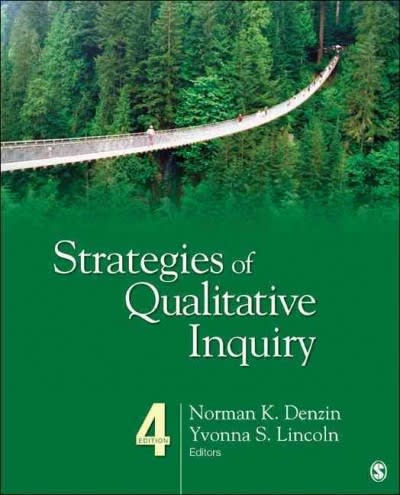Question
1. Consider how a mental health diagnosis could be beneficial to a client. What might be potential harm from a diagnosis? 2. Why is it
1. Consider how a mental health diagnosis could be beneficial to a client. What might be potential harm from a diagnosis?
2. Why is it important for clinicians, medical doctors, legal professionals, and so on to use a common diagnostic language?
3. Explain why it is an ethical responsibility for clinicians to be knowledgeable about diagnosis.
4. Give examples of how you might utilize a diagnosis when formulating a treatment plan
6. Describe how psychosocial and environmental considerations are now included in
DSM-5.
7. Explore how you can include multicultural considerations into a diagnosis.
8. Discuss the difference between use of subtypes, specifiers, and severity.
10. Discuss the use of other specified or unspecified disorders.
11.Describe how a one-axis system can be used to encapsulate all of the five axes from DSM-IV.
12. Identify a diagnosis from any category that makes you personally feel uncomfortable.
Explore where these feelings come from and how you might go about working with a client who has this diagnosis.
Step by Step Solution
There are 3 Steps involved in it
Step: 1

Get Instant Access to Expert-Tailored Solutions
See step-by-step solutions with expert insights and AI powered tools for academic success
Step: 2

Step: 3

Ace Your Homework with AI
Get the answers you need in no time with our AI-driven, step-by-step assistance
Get Started


